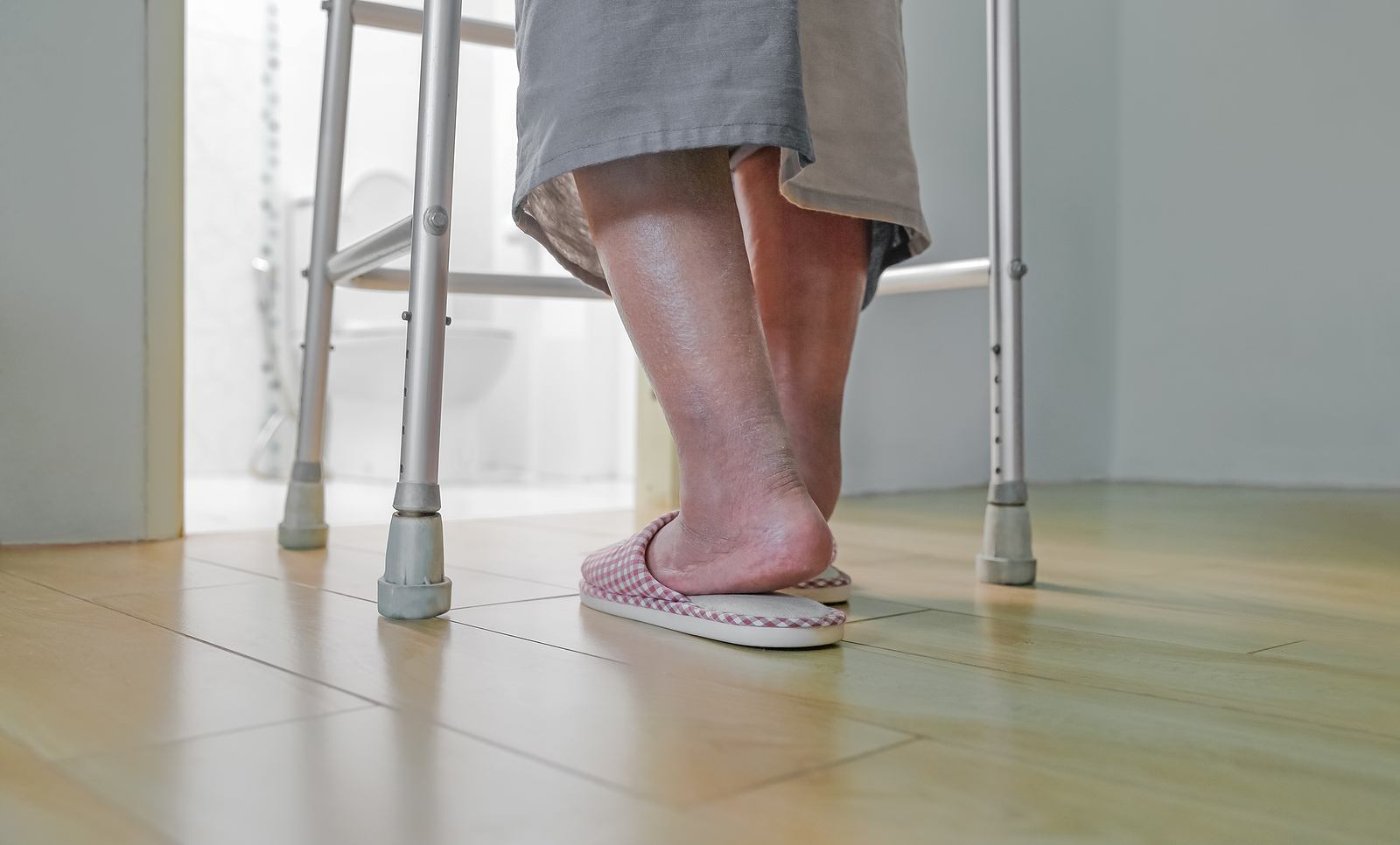
Home Adaptations To Help With Arthritis
Arthritis is a very common condition that causes joint pain and inflammation, making movement more difficult than usual, particularly in the hands, spine, knees and hips.
It can be a very difficult condition to live with and there is no cure for it, although there are treatments that can slow its progress. Lifestyle changes, medication and surgery can also help you manage your symptoms, but ultimately it will likely be something that you have to live with.
As such, making changes around the house and adapting your living spaces to reflect your change in circumstances can prove very beneficial, helping you to navigate your way through your home more easily and without putting yourself at risk.
The likes of fixed ramps and automatic doors or wider doorways can be helpful if you need to use a wheelchair, while baths and showers with inbuilt handles can help you manoeuvre yourself in and out.
However, you may find that you prefer to significantly overhaul the bathroom entirely and turn it into a wet room, or perhaps install a walk-in bath to make life even easier. Thinking about how your symptoms may change over time can help you decide what adaptations to bring in.
The bathroom is perhaps the best place to begin as this is one of the most hazardous rooms in the house. Installing a shower seat can help keep you safe as you bathe and you may find slip mats of particular benefit in the shower, bath and by the toilet.
Changing your bathroom routine can also help ease your symptoms. For example, washing your hair can be very tiring, so perhaps consider using dry shampoo occasionally to provide you with some relief.
Keeping a towel warm on the radiator for when you’re ready to get out of the bath can also help, as cold can exacerbate your symptoms and cause even more joint pain and stiffness.
In the living room, consider changing the layout of the space to make it easier for you to traverse and aim to keep the floor as free from clutter as you can to reduce slips, trips and falls. You may also find that investing in sturdier furniture helps you throughout the day, as you can use the backs and arms of chairs and sofas for additional support.
As for the kitchen, lowering the cupboards means you won’t have to stretch so far to reach what you need and you could invest in ergonomic handles for your taps to make them easier to turn on and off.
Ultimately, the aim is to reduce as much strain on your joints as possible and there’s a lot that can be achieved in this regard, both in terms of home adaptations but also lifestyle changes and altering your routines to accommodate your changing mobility.

